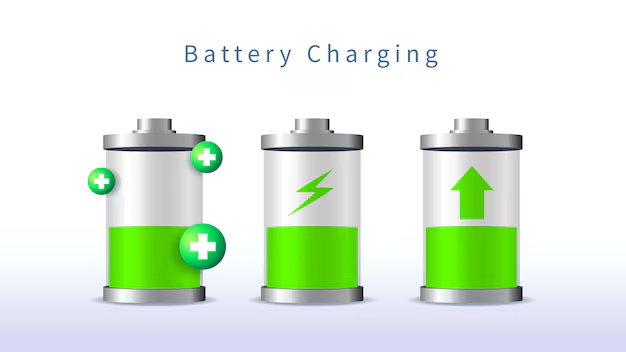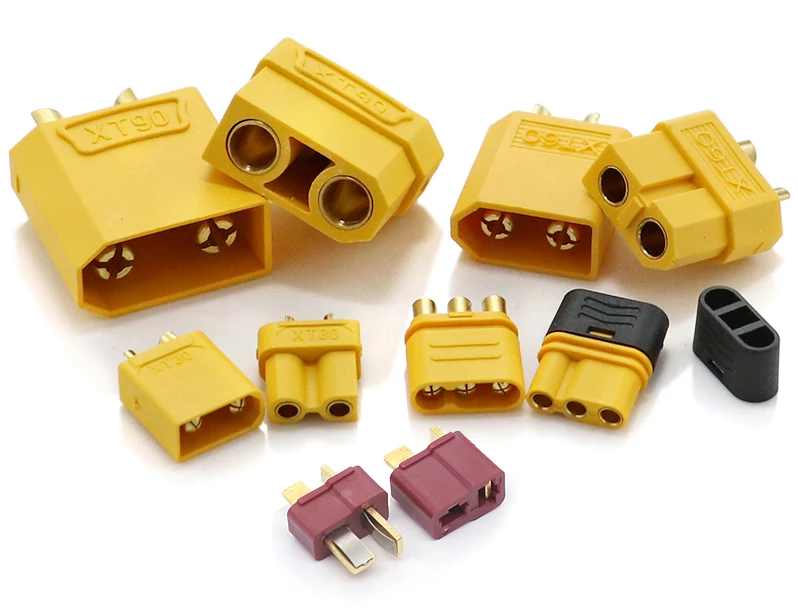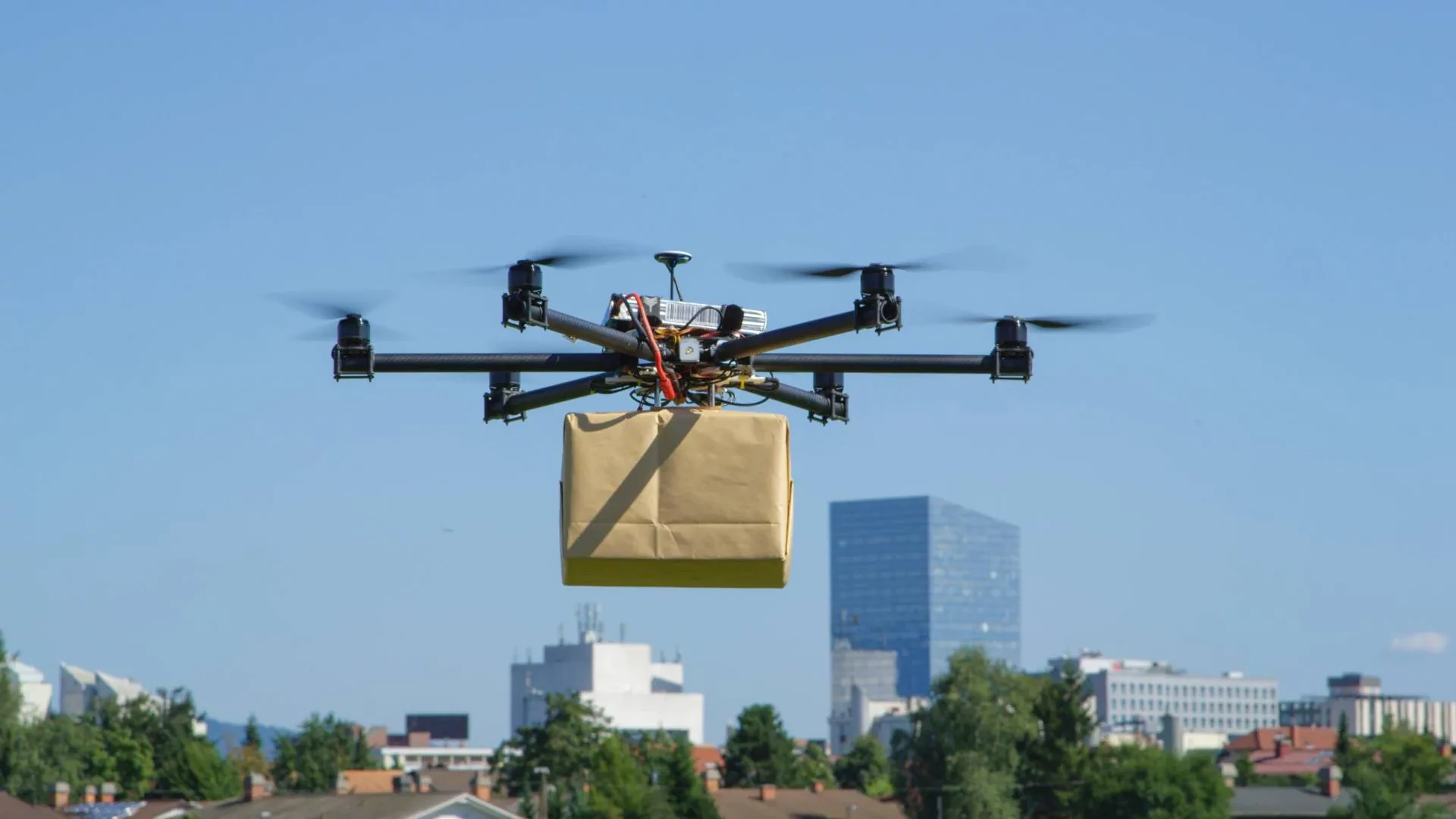Guide to Lithium-Ion Drone Batteries
What is a lithium-ion drone battery? What characteristics does a lithium-ion battery have? Which application scenarios is it suitable for? What should be paid attention to when using it?
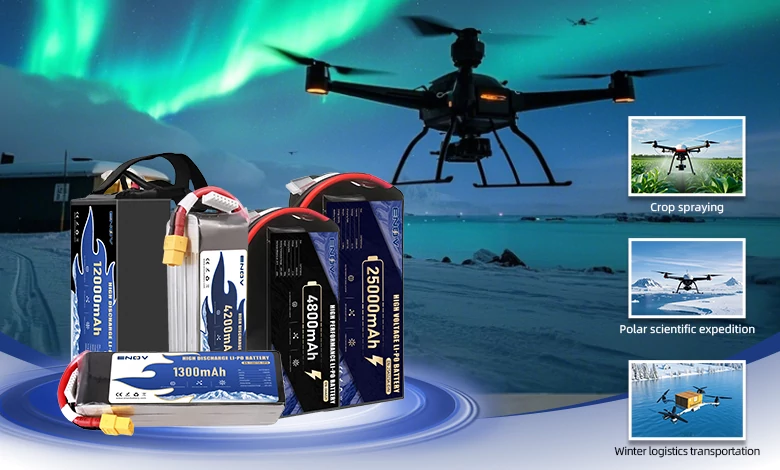
ENOV High-Energy drone batteries power industrial and commercial drones. Delivering 220–320 Wh/kg energy density, they enable long flight times (30+ mins) and support fast charging (2C). Perfect for aerial photography, surveillance, and delivery drones.
Lithium-ion drone batteries are rechargeable batteries specially designed for drones, with lithium ions as charge carriers, and the voltage of a single battery cell is 3.7V. At present, the mainstream lithium-ion materials on the market include two major chemical material systems: ternary lithium and lithium iron phosphate, and they are structurally in the form of cylindrical, soft – pack or aluminum – shell. Lithium-ion batteries occupy a dominant position in the market due to their characteristics, such as high energy density, long cycle life, low self-discharge rate, high charging efficiency, stable output power, and safety.
I. Key Characteristics
1.1 High Energy Density
The energy density of lithium-ion drone batteries is mainly 150 – 250 Wh/kg. Although it is not as high as that of lithium-polymer batteries, it is far higher than that of nickel-hydrogen and lead-acid batteries, which can meet the demand for long-term endurance of drones.
1.2 Long Cycle Life
The LFP material has a stable structure, and the surface coating of the ternary system inhibits side reactions and delays capacity attenuation. The battery can withstand more charge-discharge cycles, reducing the number of battery replacements. It is durable and balances performance and cost – cost-effectiveness.
1.3 No Memory Effect
It can be charged at any time without being fully discharged, making it more flexible to use.
1.4 Low Self-Discharge Rate
The non-aqueous electrolyte system has few side reactions, and the BMS sleep power consumption is low. Therefore, the self-discharge rate is about 1 – 2% per month. It can maintain power when stored for a long time, and the speed of losing power is slow, which is better than that of nickel-hydrogen batteries (20 – 30% per month). It is suitable for equipment used in seasonal alternations.
1.5 Lightweight
Although lithium – ion drone batteries are not as light as lithium – polymer batteries, they are 2 – 4 times lighter than nickel – hydrogen and lead – acid batteries of the same capacity. Because lithium is the lightest metal element in nature, the use of aluminum – plastic film soft – pack or aluminum – shell structures and high – specific – energy materials reduces the weight of structural parts, which significantly reduces the battery weight and prolongs the flight time.
1.6 Stable Output Power
It can stably output energy, which is suitable for drone application scenarios that require stable power output.
1.7 Safety and Stability
It adopts integrated circuits and has protection functions such as over-charge, over-discharge, and short-circuit protection. In addition, the shell of lithium-ion batteries is relatively strong, which has better resistance to physical damage.
II. Application Scenarios
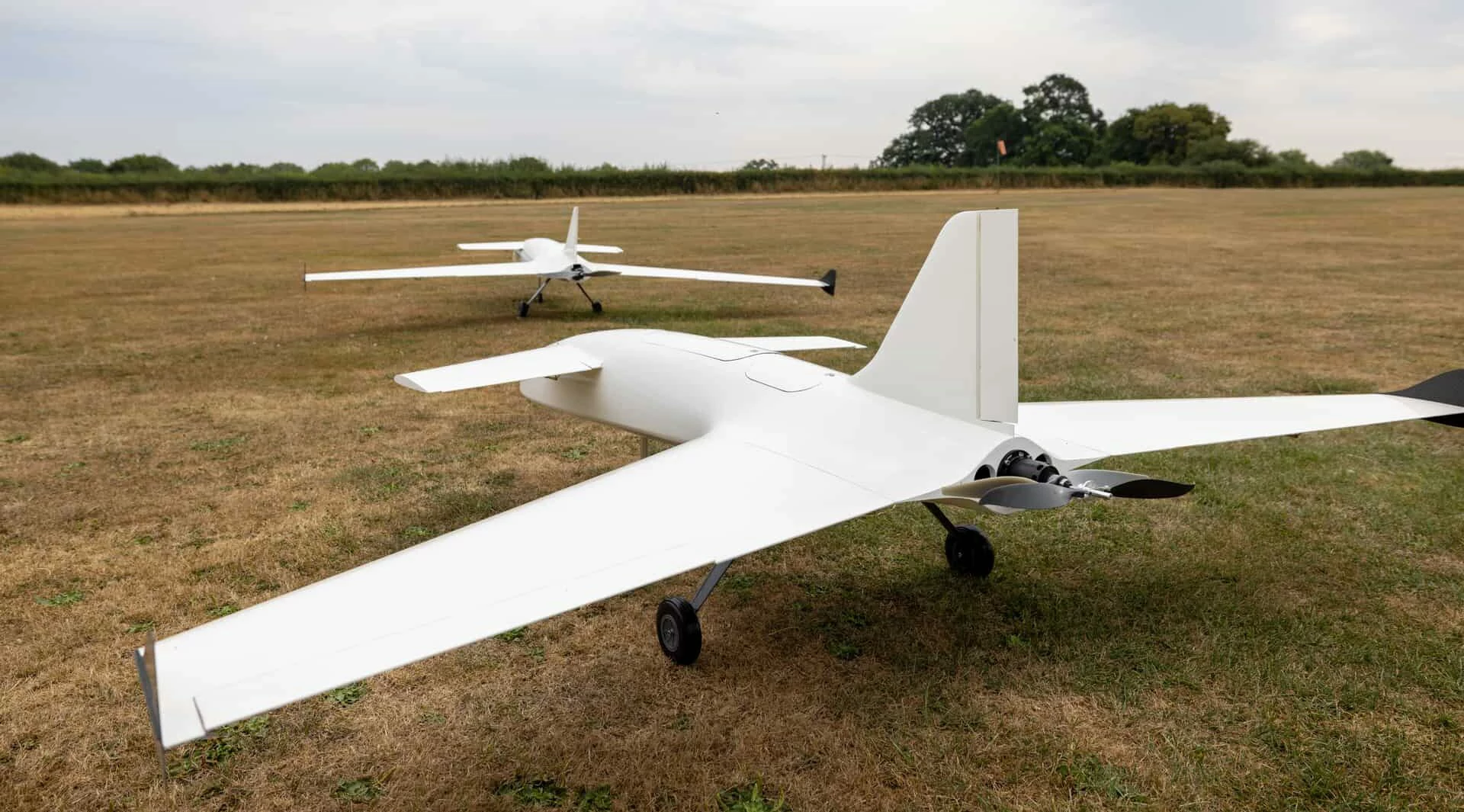
Long-endurance fixed-wing drones
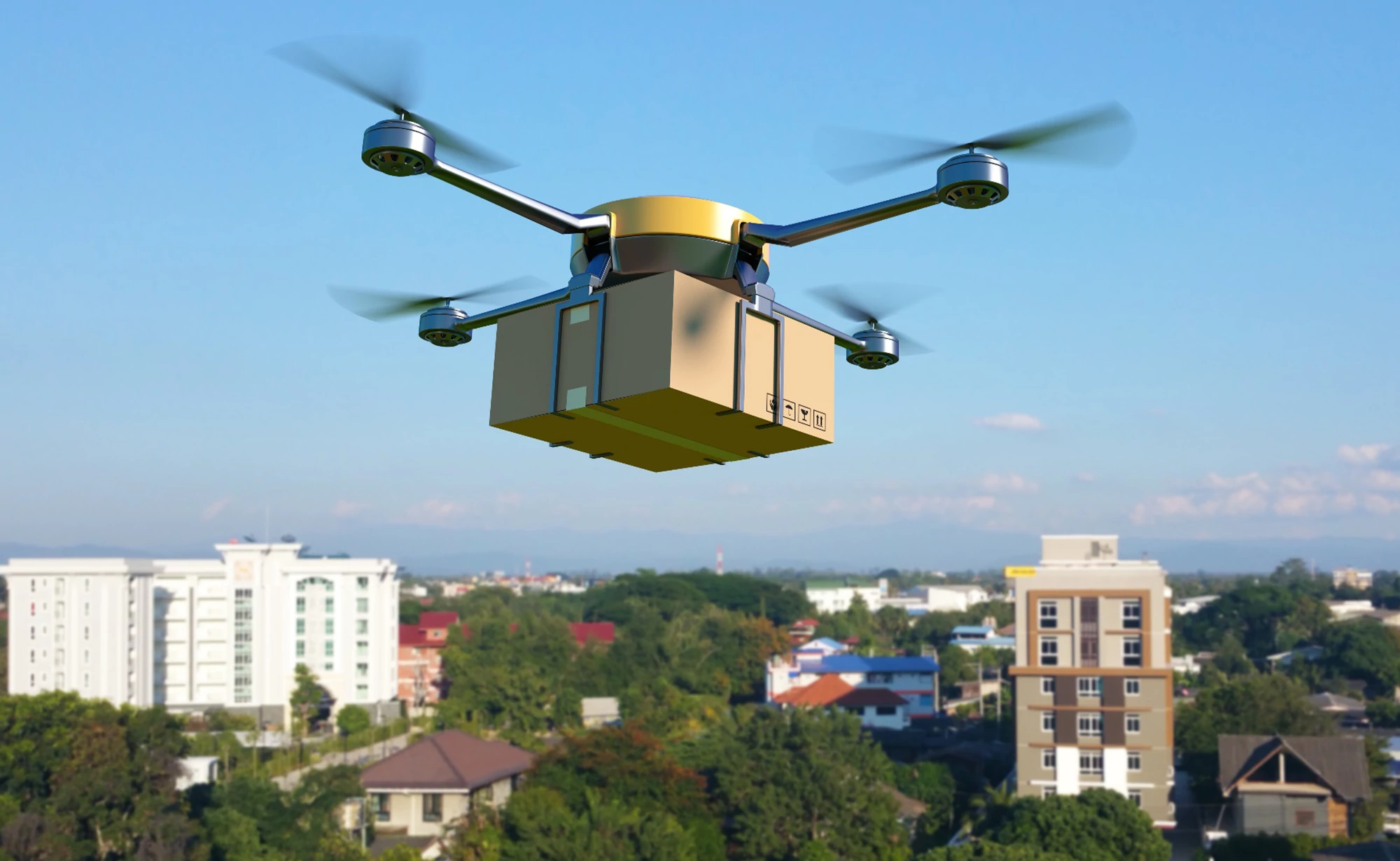
logistics & delivery
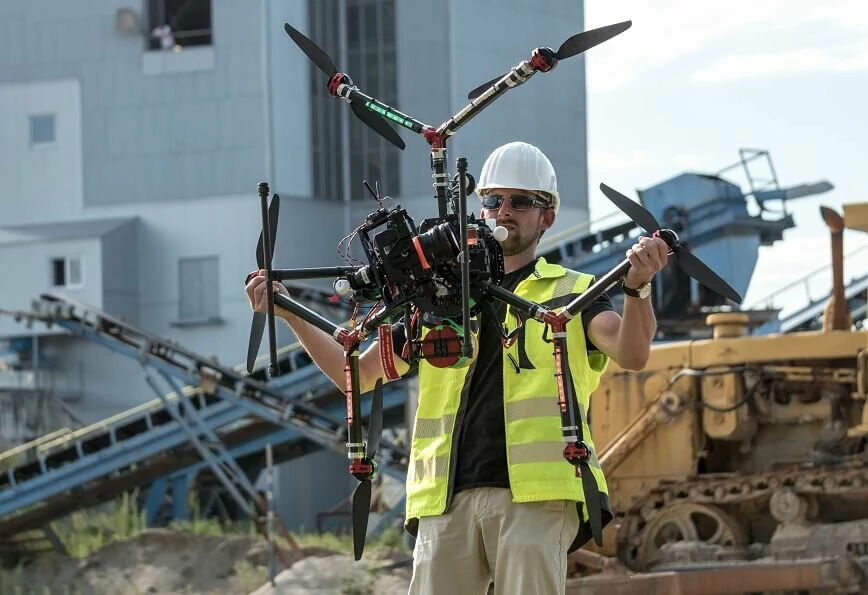
industrial inspection
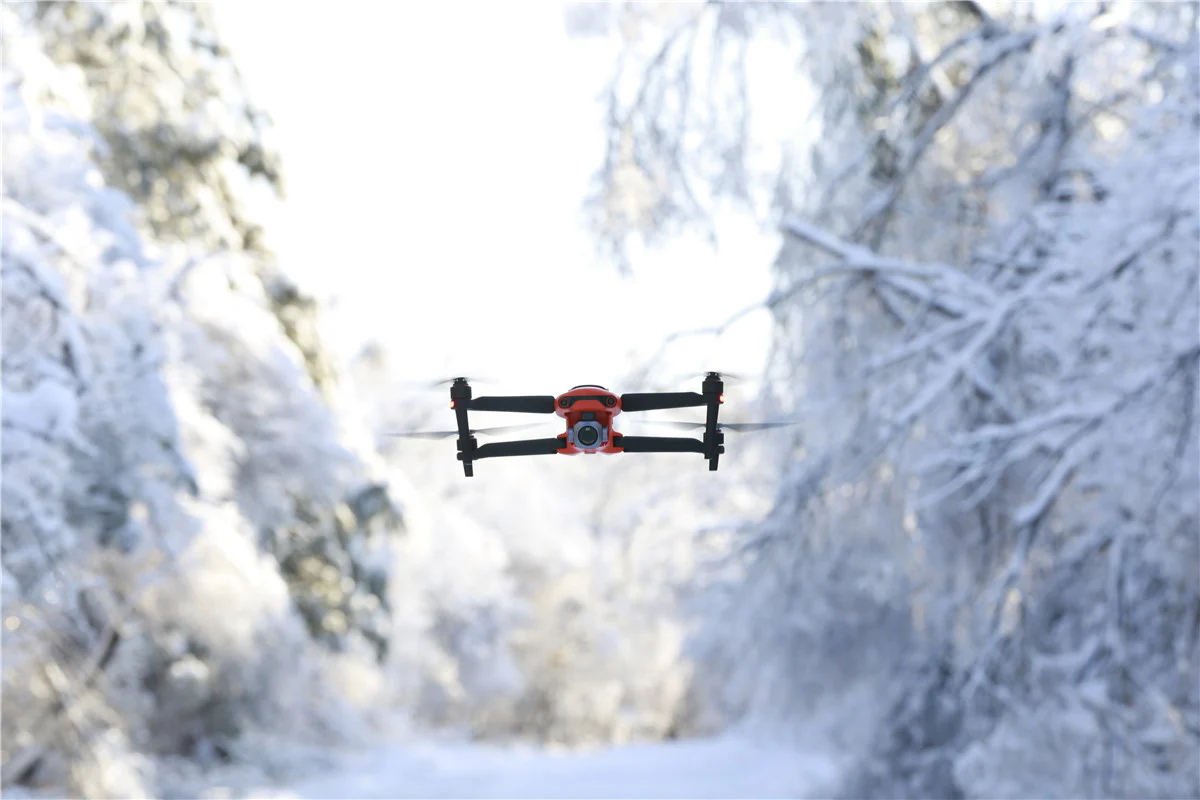
low-temperature environments

agricultural plant protection
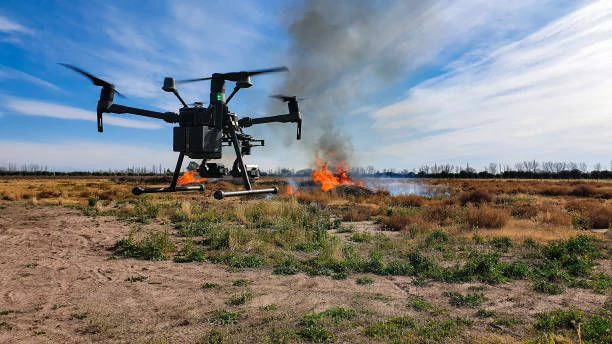
emergency rescue and disaster relief
III. Notes:
① In terms of high output power, that is, discharge rate, it is not as good as lithium-polymer batteries, so it is not suitable for application scenarios requiring high-power output.
② Even though lithium-ion batteries have safety and stability, they should be used reasonably and properly to prevent thermal runaway caused by over-charge, short circuit, impact, and other factors.
③ When using lithium-ion batteries in low – low-temperature environments, preheating or heating batteries is required.
④ For the same capacity, lithium-ion batteries are heavier than lithium-polymer batteries, which is unfavorable for racing or micro-drones. It is necessary to balance the weight and energy density according to one’s own needs.
Quick inquiry
Drop us a line, and we’ll get back to you within 24 hours.

Ariana Yuan
Digital Operations Manager
Website Planning|Marketing Project Management for Drone Batteries|Scheduled Content Refresh|SEO Optimization

Ariana Yuan
Digital Operations Manager
Website Planning|Marketing Project Management for Drone Batteries|Scheduled Content Refresh|SEO Optimization

